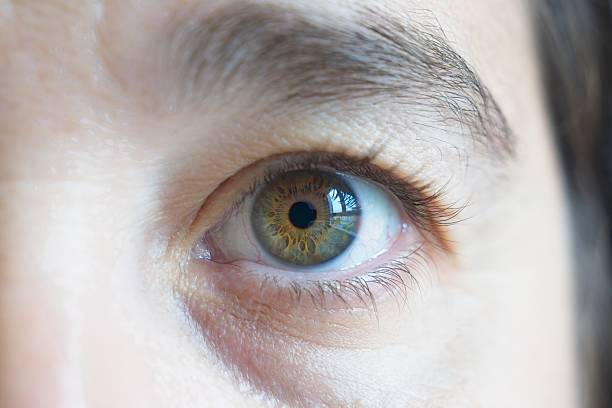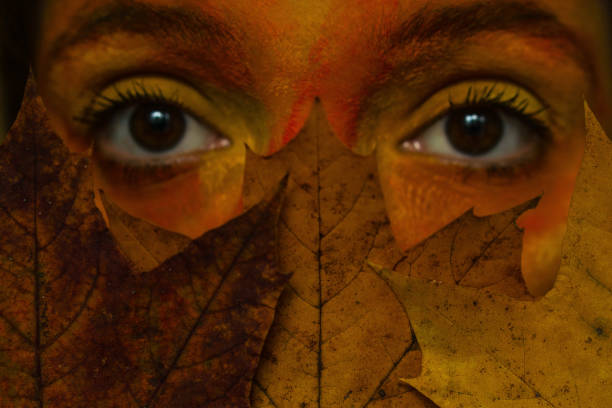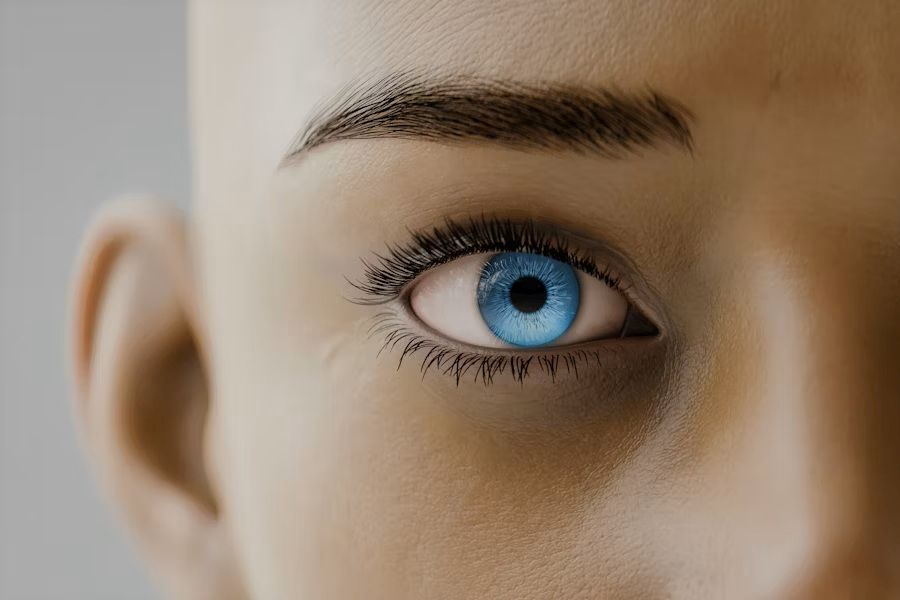Your Cart is Empty
I Have Red Eye, Will This Affect My Iris Color?

Have you ever looked in the mirror or seen a photograph of yourself and noticed your eyes appear red? This common phenomenon, known as "red eye," can be startling and may lead you to wonder if it affects your actual eye color. In this comprehensive exploration, we'll delve into the causes of red eye, its impact on iris color perception, and what you can do about it.
Understanding Red Eye
Red eye occurs when light enters the eye and reflects off the retina, the light-sensitive tissue at the back of the eye. This reflection can make the pupils appear red in photographs or under certain lighting conditions. While red eye is most commonly associated with flash photography, it can also be observed in everyday situations, particularly in dimly lit environments.
Causes of Red Eye
1. Flash Photography: The most common cause of red eye is the use of flash in photography, especially when the flash is close to the camera lens.
2. Dilated Pupils: In low light conditions, our pupils dilate to let in more light. This increased pupil size allows more light to reflect off the retina, intensifying the red eye effect.
3. Eye Color: People with lighter-colored eyes (blue, green, or light brown) are more susceptible to red eye due to lower levels of melanin in their irises.
4. Alcohol Consumption: Drinking alcohol can cause blood vessels in the eyes to dilate, potentially increasing the likelihood of red eye.
5. Certain Medications: Some medications can cause pupil dilation as a side effect, making red eye more noticeable.
Does Red Eye Affect Actual Iris Color?
The short answer is no, red eye does not actually change your iris color. The color of your iris is determined by genetics and the amount of melanin present in the iris tissue. Red eye is a temporary visual effect caused by light reflection and does not alter the physical structure or pigmentation of your iris.
However, red eye can significantly impact how others perceive your eye color in certain situations. The red reflection can overpower or mask the true color of your iris, especially in photographs or under specific lighting conditions. This effect is particularly noticeable in people with lighter eye colors, as the red reflection can be more prominent against a lighter background.
Impact on Eye Color Perception
While red eye doesn't change your actual iris color, it can affect how your eye color is perceived in several ways:
1. Color Masking: The red reflection can partially or completely obscure your natural iris color, making it difficult to discern in photographs or certain lighting conditions.
2. Contrast Effects: The presence of red in the eye can create a contrast effect, potentially making the surrounding iris appear different than its actual color.
3. Pupil Size: Red eye often occurs when pupils are dilated, which can make the iris appear smaller and potentially alter the overall appearance of your eye color.
4. Light Interaction: The additional red light reflecting from the eye can interact with your natural iris color, potentially creating a blended or altered appearance.
Preventing and Reducing Red Eye
If you're concerned about red eye affecting the perception of your iris color, there are several strategies you can employ:
1. Avoid Direct Flash: When taking photographs, use indirect lighting or move the flash away from the camera lens.
2. Use Red Eye Reduction Features: Many cameras and smartphones have built-in red eye reduction settings that can help minimize the effect.
3. Brighten the Room: In everyday situations, ensuring adequate lighting can help reduce pupil dilation and minimize red eye.
4. Look Slightly Away from the Camera: When being photographed, try looking slightly to the side of the camera lens to change the angle of light reflection.
5. Edit Photos: Many photo editing software and apps offer tools to remove red eye from images.
Medical Considerations
While occasional red eye from photography or lighting conditions is harmless, persistent redness in the eyes can sometimes indicate underlying health issues. If you notice frequent or prolonged redness in your eyes, it's essential to consult an eye care professional. Conditions such as conjunctivitis, dry eye syndrome, or allergies can cause eye redness and may require medical attention.
The Fascinating World of Iris Photography
As interest in eye color and iris patterns grows, a new trend has emerged in personal photography: close-up iris shots. Using just a smartphone camera and good lighting, people are capturing stunning images of their irises, revealing intricate details and colors often missed by the naked eye. To try this at home, use natural light near a window and have a friend hold the phone steady while you keep your eye wide open. The results can be truly mesmerizing, showcasing the unique beauty of your iris in incredible detail.
Iris Color and Identity
Our eye color is an integral part of our identity and appearance. While red eye can temporarily affect how others perceive our eye color, it doesn't change the fundamental nature of our iris pigmentation. Understanding the science behind red eye and iris color can help us appreciate the complexity and beauty of our eyes.
Interestingly, our perception of eye color can be influenced by various factors beyond just red eye. Lighting conditions, surrounding colors (such as clothing or makeup), and even our emotional state can all play a role in how we and others perceive our eye color. This dynamic nature of eye color perception adds to the allure and mystery of human eyes.
The Science of Iris Color
The color of our iris is determined by the type and amount of pigment called melanin in the iris tissue. The two main types of melanin in the iris are eumelanin (brown and black pigments) and pheomelanin (red and yellow pigments). The combination and concentration of these pigments create the wide variety of eye colors we see in the human population.
• Brown Eyes: High levels of eumelanin
• Blue Eyes: Low levels of melanin, with light scattering in the stroma of the iris
• Green Eyes: Moderate amounts of melanin with golden flecks
• Hazel Eyes: Combination of eumelanin and pheomelanin, often with a mix of colors
It's worth noting that true eye color changes are rare and typically occur gradually over time due to factors like aging or certain medical conditions. Sudden or dramatic changes in eye color should always be evaluated by an eye care professional.
Conclusion
While red eye can temporarily alter the perception of your iris color, it doesn't change the actual pigmentation or structure of your iris. Understanding the causes and effects of red eye can help you manage its impact on your appearance and photographs. Remember, your eye color is a unique aspect of your identity, influenced by genetics and the complex interplay of pigments in your iris.If you're curious about your true iris color and its intricate patterns, consider trying the trending iris photography technique. Not only can it result in stunning images, but it may also give you a new appreciation for the complexity and beauty of your eyes.
Ultimately, whether you're dealing with occasional red eye or simply exploring the nuances of your iris color, remember that your eyes are uniquely yours. They tell a story of your genetics, your experiences, and your individual beauty. Embrace their uniqueness, red eye and all, as part of what makes you distinctively you.
Leave a comment
Comments will be approved before showing up.




